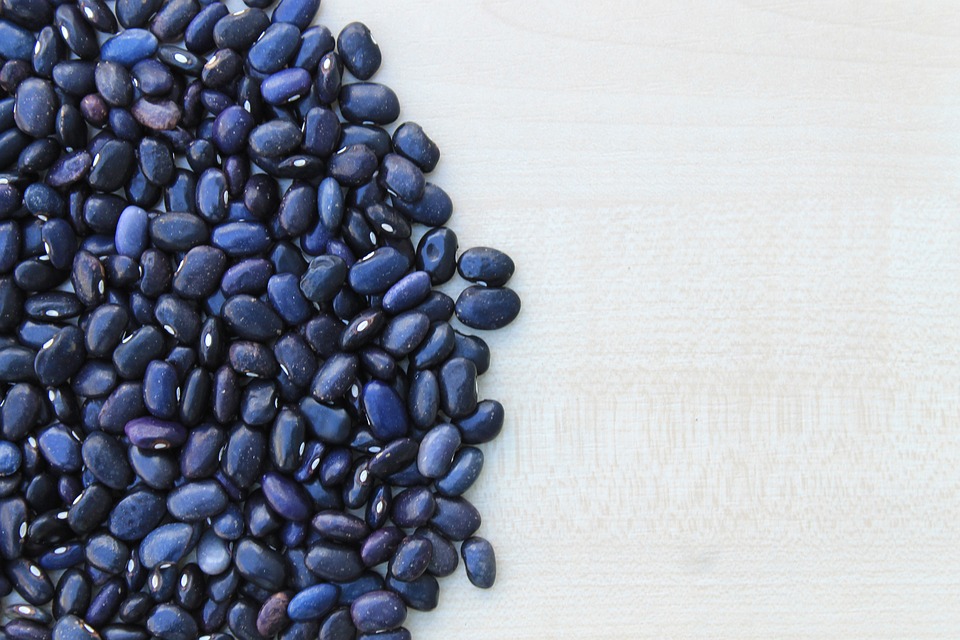This week: Looking at the longevity of black bean dyeing and using hide glue in an organic vat when dyeing silk and wool.
Each week, we are emailed with questions from our natural dye community asking simple and complex questions that we thought might be worth sharing. Here are a handful from this week answered by natural dyer in chief, Kathy Hattori, Founder of Botanical Colors:
What do you think about the longevity of cabbage and black bean dyes? Place mats get food spilled on them and require regular washing so how long would these colors last?
Neither cabbage nor black bean colors are optimal for items that get a lot of use or wear. They are considered fugitive, or short-lived, so if you want to dye tabletop items to last, better choices would be the classic dyes like indigo, madder, lac or any of the durable tannins like cutch, chestnut, walnut, myrobalan or gall nut tannin. The judicious use of iron will also help with light and wash fastness.
What was your favorite color or technique you discovered while in India?
I was dyeing fabrics in my hotel room sink with beautiful sappanwood dyes. The colors were gorgeous! I’ll have more info once we’ve finished our experiments.

